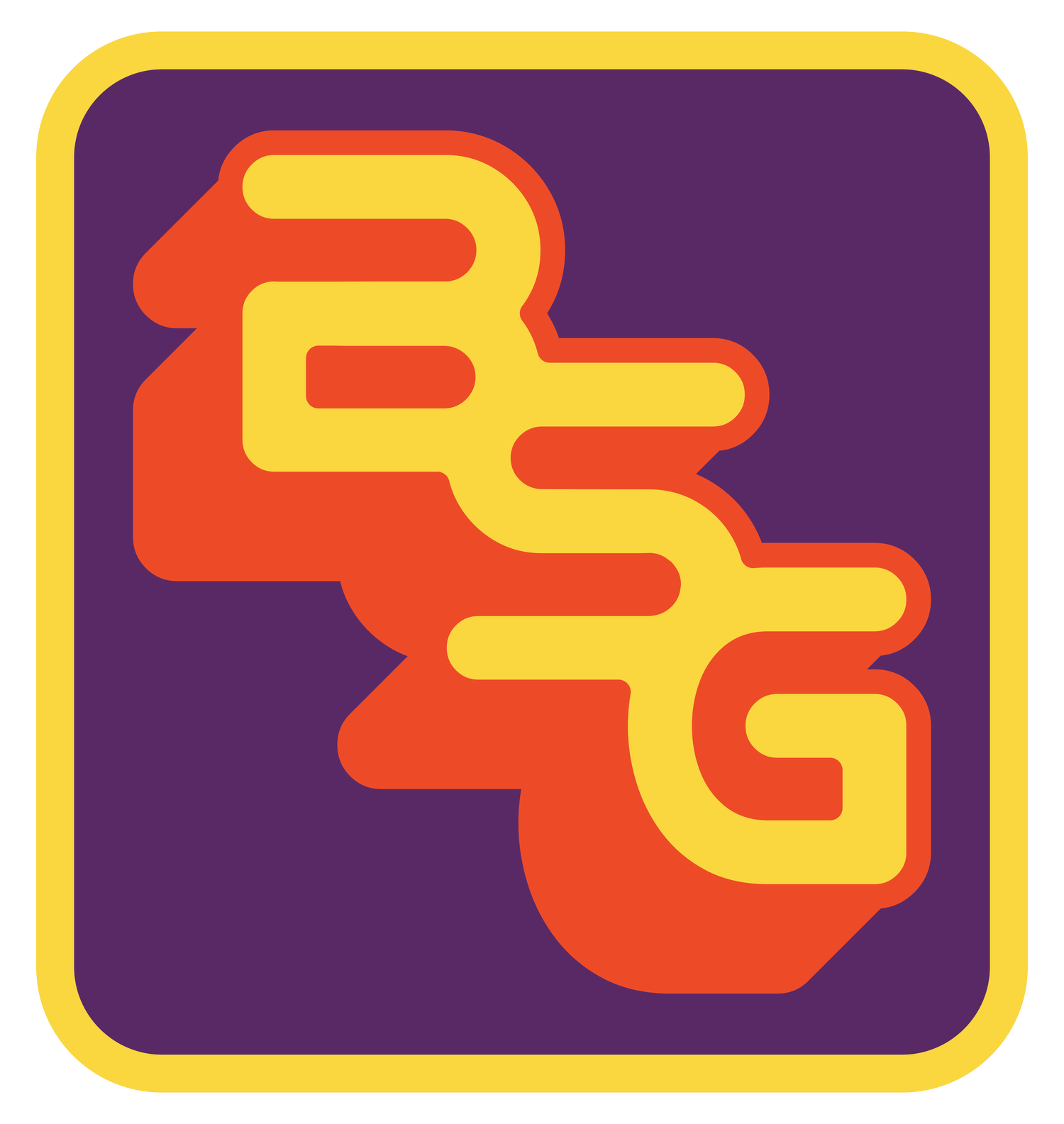Mechanics Feature: Zoned Combat AKA What the Hex?!
Picture this: You’re playing as a superhero and you’re facing off against a formidable foe. You need to think on your feet, plan your next move, and engage with the environment around you.
If you’re a seasoned tabletop gamer, you’re probably accustomed to using square or hexagon grids to move about a battle map – each space represents a small distance of movement and every step counts. This was the familiar and comfortable place for us to start when we began designing We Can Be Heroes, but we quickly realized it just didn’t feel right. Counting small amounts of movement on a square grid felt too rigid for a superhero game. Next we moved to a hexagon which felt slightly better, but we still wanted something that felt more in line with the abilities of a superhero.
As we pondered different ideas, we started thinking bigger than just the space your hero is occupying and more about what might be in the immediate vicinity. More and more questions came up: What about nearby enemies? Surrounding objects? Things to hide behind?
That’s when it dawned on us–the grid should encompass more than just each individual player or NPC; it should be an entire zone of the map.
Why Zones?
Each hexagon represents a zone that is 20 ft across where you can interact with anything you please without having to spend additional movement.
The overwhelming feeling amongst our developers was that a superhero should be able to quickly interact with anything in their immediate area. When we playtested zoned combat, it finally felt like it was in line with the abilities of a superhero. It's like your hero is seamlessly flowing through their surroundings, making quick work of any obstacles in your path, using your surroundings to improvise, rescuing civilians—you know, doing superhero things!
Take this clip from the iconic train scene from Spiderman 2 (2004), for example (which has aged surprisingly well). Spidey gets flung off the train and is left swinging through the streets of New York City, avoiding traffic, rescuing civilians, and pursuing the big baddie, Dr. Ock.
This is the image we want you to have in your mind while playing We Can Be Heroes. There are no limits to your heroic deeds, and zoned combat ensures that your every move is as fluid and interactive as your imagination. If Spidey can do it, so can you.
We encourage you to use the 20 ft measurement only for scaling the hex grid to your battle map, and to not give it much thought during gameplay. Instead, we’d like you to think about how many zones you’d like to move though or how many zones away an enemy is located. This is meant to make the game less crunchy, and more focused on your heroics.
We’d love to hear your thoughts and feedback! Join our discord and send any questions, comments, or supermemes our way.
Stay super, friends.
